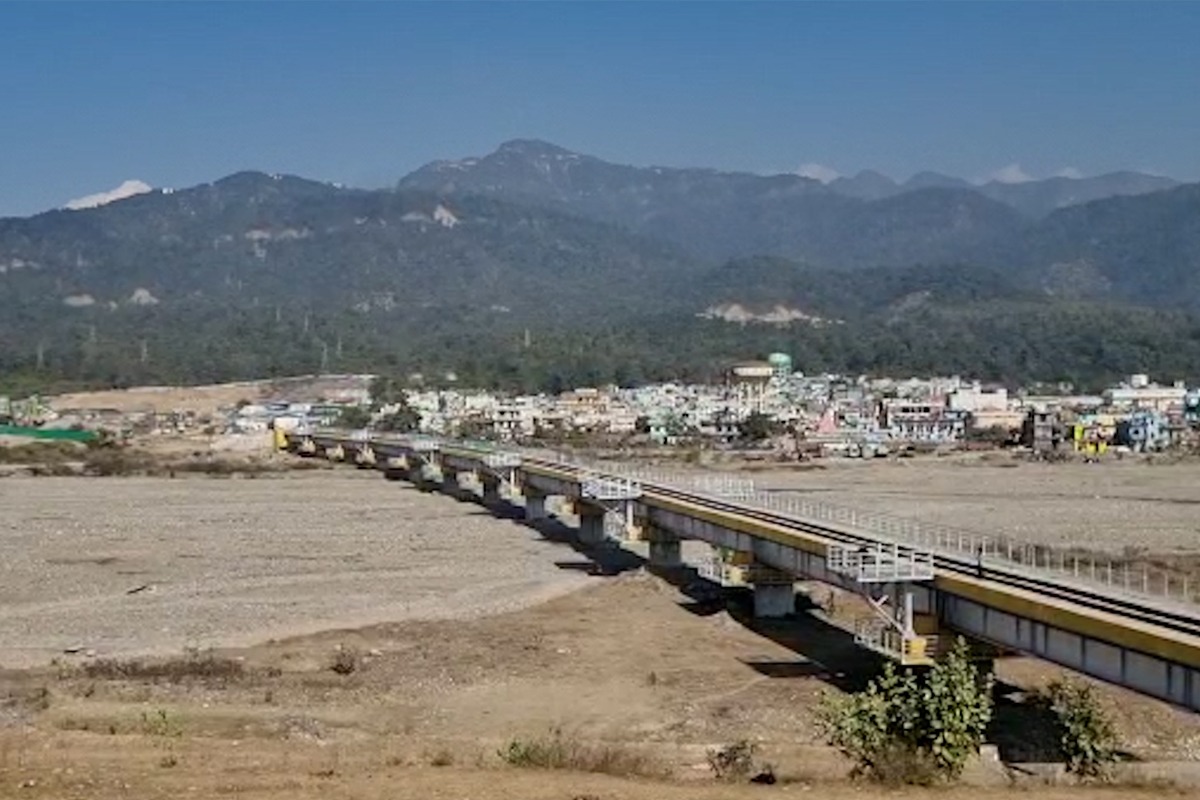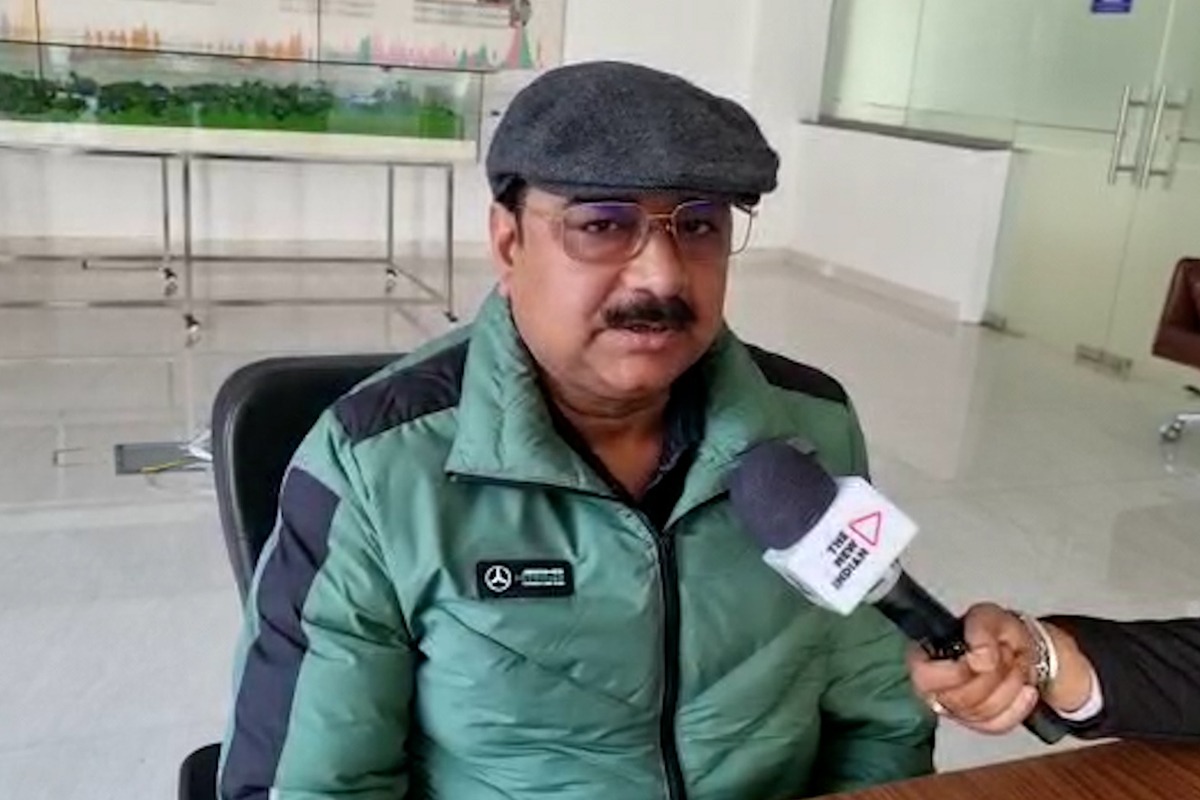
Construction activities, particularly in the hills of Uttarakhand, have raised concerns about a disaster-in-waiting.

With geologists blaming NTPC’s tunnels for the sinking of Joshimath town, construction activities like the Rishikesh- Karnaprayag railway line in Uttarakhand have come under public scrutiny. Environment activists say that rampant construction and drilling in hills will aggravate the situation.
The 125-km-long Rishikesh- Karnaprayag railway line passes through 16 tunnels of which, 11 tunnels are longer than 6 km. Activists allege that cracks have appeared in hills due to tunnelling by the Rail Vikas Nigam Limited (RVNL), the agency building the crucial rail line.
However, the RVNL has rejected these claims and said that the company has deployed cutting-edge technology for eco-friendly tunnelling.
ALSO READ: ‘Save us’: Joshimath episode brings Nainital crisis into focus
In an interview with The New Indian, the Rishikesh- Karnaprayag rail’s chief project manager Ajit Singh Yadav said that tunnelling on the stretch poses no threat to the ecological health of the hills it passes through.
“New Austrian tunnelling method (NATM) has been deployed to dig tunnels on the stretch. A controlled blast and drilling technique is used by us. We constantly monitor tunnel walls and crowns as well as convergence and deformations of tunnel walls and crowns. We have not noticed any deformations in any of the tunnels,” Yadav said.

He further said, “Before drilling the entire tunnel, we dig 18 metres in advance to access rock conditions and support systems. Before tunnelling, any identified stretch, our geologists and geotechnical engineers carry out many surveys to zero in on the right alignment.”
ALSO READ: Congress seeks rehabilitation scheme for Joshimath families
The railway officer said that geotechnical studies, electromagnetic surveys, seismic spectrum surveys and hydrologic studies are conducted to ensure that a tunnel passes through the right type of rocks and does not harm to the ecology of the mountains.
“The alignment of any tunnel is fixed after these studies. We dig tunnels through stable rocks by following all safety protocols,” he said, adding that a Delhi-based team continuously monitors the processes.
Yadav refuted speculations that the railway line would be drawn up to Pipalkoti, the nearest town of crisis-hit Joshimath — where the government is planning to shift all residents to safer locations due time wide cracks in homes and fields as a result of land subsidence.
Reacting to reports of cracks in hill slopes due to tunnelling at Byasi in Rishikesh, the officer said, “There were some cracks in the slopes, but we took remedial action within two days.”
“This is no possibility of any damage due to tunnelling, which is being conducted by using edge-cutting technology,” he concluded.